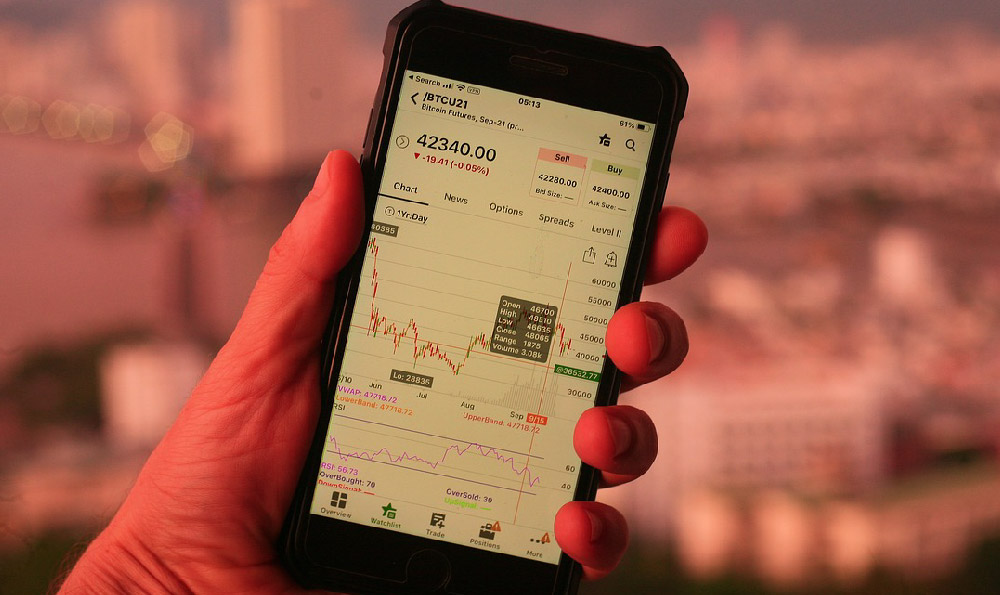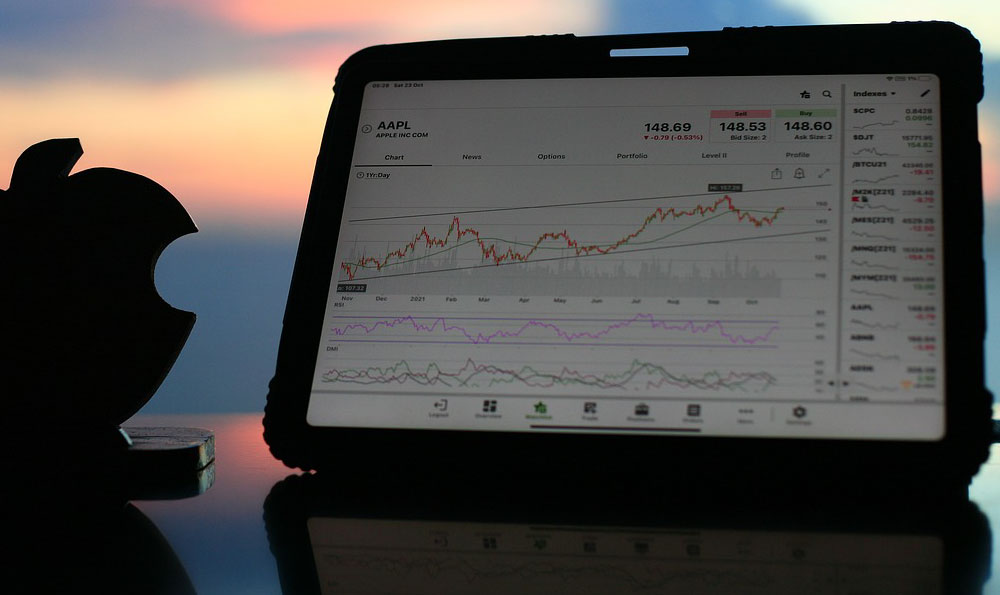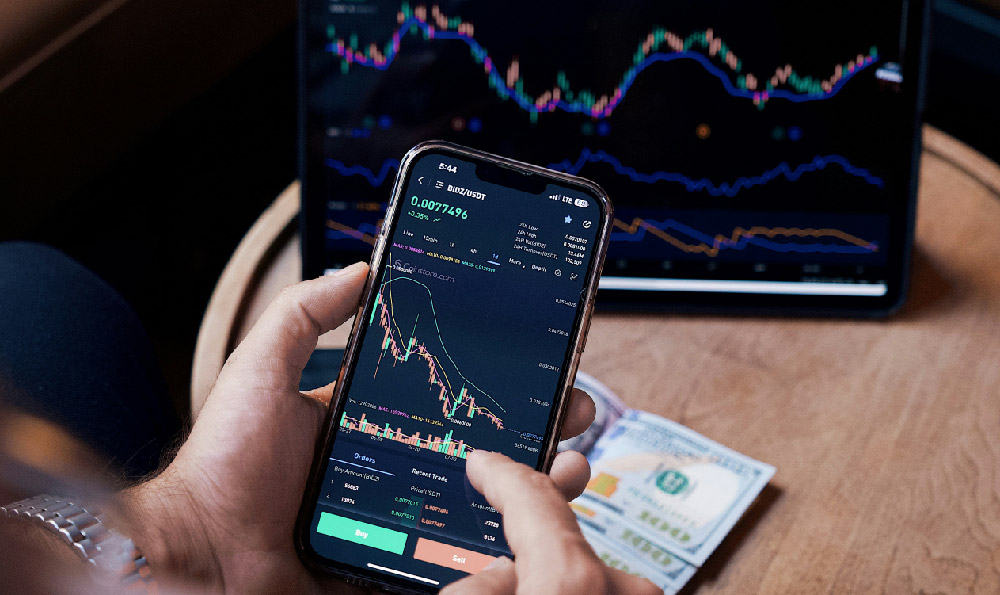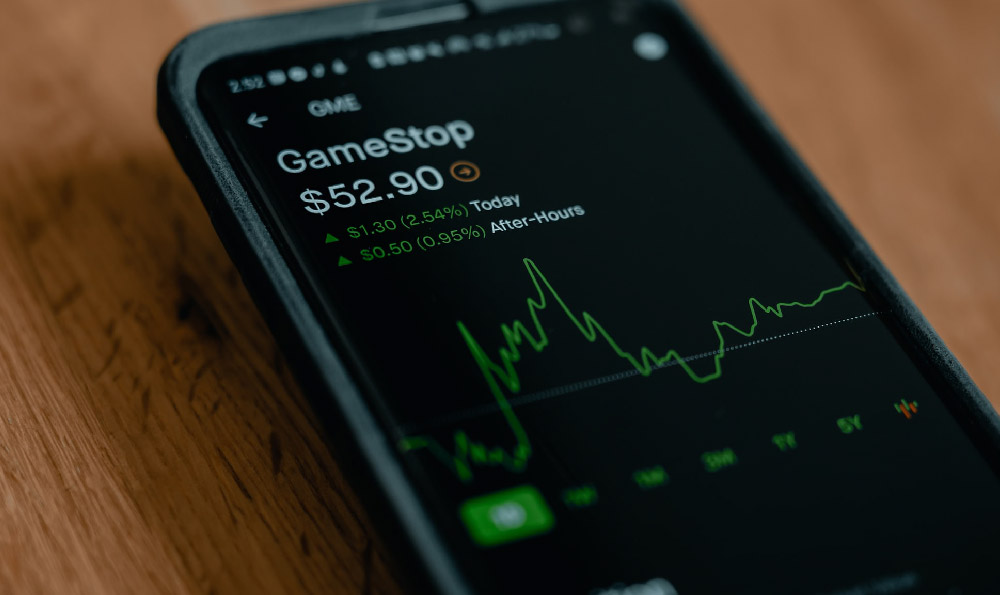Alright, let's delve into the financial ocean surrounding "Baby Shark," exploring its revenue streams and overall financial impact. It’s a fascinating case study in the power of viral content and the diversification of income streams in the digital age.
Quantifying the exact total revenue generated by "Baby Shark" is a challenge, primarily because the revenue is distributed across numerous platforms, licensing agreements, and merchandise sales. Pinkfong, the South Korean educational entertainment company behind the phenomenon, is a privately held company, so they aren’t obligated to publicly disclose specific financial figures. However, we can piece together a comprehensive estimate by analyzing various revenue components.
The most readily quantifiable source of revenue stems from YouTube. "Baby Shark Dance" is one of the most-viewed videos on the platform, having crossed the 13 billion views mark and still growing. While the specific CPM (cost per mille, or cost per thousand views) varies based on factors like geography, ad type, and seasonality, a reasonable estimate for a video targeted at children would fall in the range of $1 to $5 per thousand views. Taking a conservative estimate of $2.50 per thousand views across its lifespan, the YouTube ad revenue alone could be conservatively estimated to be around $32.5 million. It's important to acknowledge that this is a simplified calculation. YouTube's algorithm and ad ecosystem are complex, and Pinkfong likely has negotiated partnerships and premium advertising deals that could increase their CPM significantly.

Beyond YouTube, "Baby Shark" has ventured into the realm of streaming services like Spotify, Apple Music, and Amazon Music. While revenue from music streaming is generally lower on a per-stream basis compared to YouTube ad revenue, the sheer volume of streams accumulated by "Baby Shark" contributes significantly. Royalties are paid out based on a complex formula that considers the number of streams, the geographic location of the listener, and the agreements between the platform, the publisher, and the artist. Given the song's global popularity, its cumulative streaming revenue likely amounts to several million dollars.
One of the most lucrative aspects of "Baby Shark's" financial success lies in licensing and merchandising. The song's catchy tune and recognizable characters have proven incredibly appealing for consumer products, including toys, clothing, books, and even themed cereals and vitamins. Licensing agreements typically involve Pinkfong granting rights to manufacturers to use the "Baby Shark" intellectual property in exchange for a royalty percentage of the sales. These royalty rates can vary depending on the product category, distribution channel, and the overall terms of the agreement. It's plausible that merchandising and licensing generate a significant portion of the overall revenue, potentially exceeding the revenue from YouTube or streaming. The reason for this is because the profit margins on physical goods, even after factoring in manufacturing and distribution costs, can be substantially higher than digital streams.
Adding another layer to the revenue stream is the live entertainment aspect. "Baby Shark Live!" is a touring musical show that has performed in numerous cities worldwide. Ticket sales, merchandise sales at the shows, and licensing fees associated with the show contribute a significant sum. Producing and touring a live show involves considerable expenses, including production costs, venue rentals, performer salaries, and marketing expenses. However, a successful tour can generate substantial revenue and further reinforce the "Baby Shark" brand.
Digital downloads, while less prominent than streaming, still contribute to the overall revenue. "Baby Shark" is available for purchase on platforms like iTunes, and each download generates revenue for Pinkfong. Similarly, educational apps and games featuring "Baby Shark" characters generate revenue through in-app purchases and premium subscriptions.
Estimating a specific total figure remains speculative, but considering all the aforementioned revenue streams, it is highly probable that "Baby Shark" has generated well over $100 million in total revenue since its initial release. A conservative estimate, factoring in YouTube ad revenue, streaming royalties, licensing and merchandising, live performances, digital downloads, and app revenue, would put the figure in the range of $125 million to $200 million. This range acknowledges the difficulties in obtaining precise financial data and the potential for underestimation due to unreported licensing deals or revenue streams.
The "Baby Shark" phenomenon serves as a powerful example of how a simple, catchy song can evolve into a global brand with diversified revenue streams. Pinkfong's strategic approach to leveraging their intellectual property across multiple platforms, including YouTube, streaming services, merchandise, and live entertainment, has been instrumental in maximizing their financial success. It’s a demonstration of the importance of understanding how digital content can be monetized and how to adapt to the evolving landscape of the entertainment industry. It also highlights the significant impact that a well-executed licensing and merchandising strategy can have on the overall financial picture. The sustained popularity of "Baby Shark," despite being released several years ago, demonstrates the enduring power of viral content and the potential for long-term revenue generation. While the initial viral explosion may have been unpredictable, Pinkfong's strategic decisions following that initial success have undoubtedly contributed to the continued financial prosperity of the "Baby Shark" franchise.












